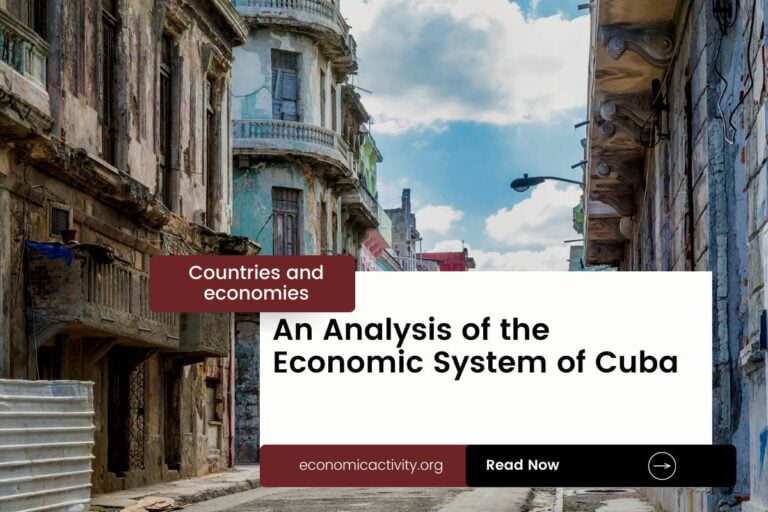What is the economic system of Paraguay? The economy of Paraguay is based on a mixed economy. The country’s economic system combines elements of a market economy and a planned economy.
Paraguay’s economy is heavily reliant on agriculture, with soybeans, beef, and cotton being major exports. Agriculture represents 30% of its GDP. The manufacturing and services sectors are growing.
In Paraguay, the economy is composed of a private sector, consisting of individuals and businesses that make autonomous decisions based on self-interest, and a public sector, where the state determines the production and distribution of certain goods and services. No country is purely capitalist or purely communist.
What do the freedom indexes tell about the economic system of Paraguay?
Now, to determine if a country is mostly a market economy or a planned economy, it is useful to examine some economic indexes. For instance, according to the 2022 Index of Economic Freedom, which measures the ability of every human to control his own labor and property, Paraguay is ranked 73rd globally and 17th in the Americas indicating that the country has a moderately free economy.
In a similar way, the 2022 Freedom House index evaluates the state of political rights and civil liberties globally. Generally, market economies tend to align more with democracy and freedom, while command economies tend to be characterized by greater state control and fewer democratic and civil liberty protections. Paraguay gets a score of 65/100, which qualifies it as Partly Free.
Paraguay has a government that does not control what people do, and people can make their own economic decisions. Still, it is only considered an electoral democracy, lacking full liberal democratic protections.
The Link Between Public Sector Employment and the Economic System of Paraguay
An indicator of the extent to which the State is involved in the economy is the number of public sector employees. In Paraguay, according to ILOSTAT, the number of public sector employees as a percentage of the total workforce is 9.8% (2021).
In the country’s mixed economy, the number of public sector employees as a percentage of the total workforce varies based on the specific policies and practices adopted by the State.
Some economic activities are left to the private sector while others are under government control. The bigger the public sector the closer the economy is to being a command economy.
What do the biggest companies in Paraguay say about the country’s economic system
The biggest company in Paraguay should also be looked at, as well as whether it is a state-owned or private company. In this case, Banco Continental is a Paraguayan bank offering financial services such as loans, deposits, and investments. The company is owned by multiple private shareholders, Carlos Raúl Espínola is the main one.
The historical factors that have influenced the economic system of Paraguay
Paraguay’s mixed economy system is the result of a combination of free market forces, government intervention, and foreign investment.
The government has implemented policies to promote economic growth, such as tax incentives, subsidies, and public investment.
Foreign investment has also played a role in the development of the economy, particularly in the agricultural sector. Additionally, the country has benefited from its access to regional markets and its strategic location.





Leave a Reply